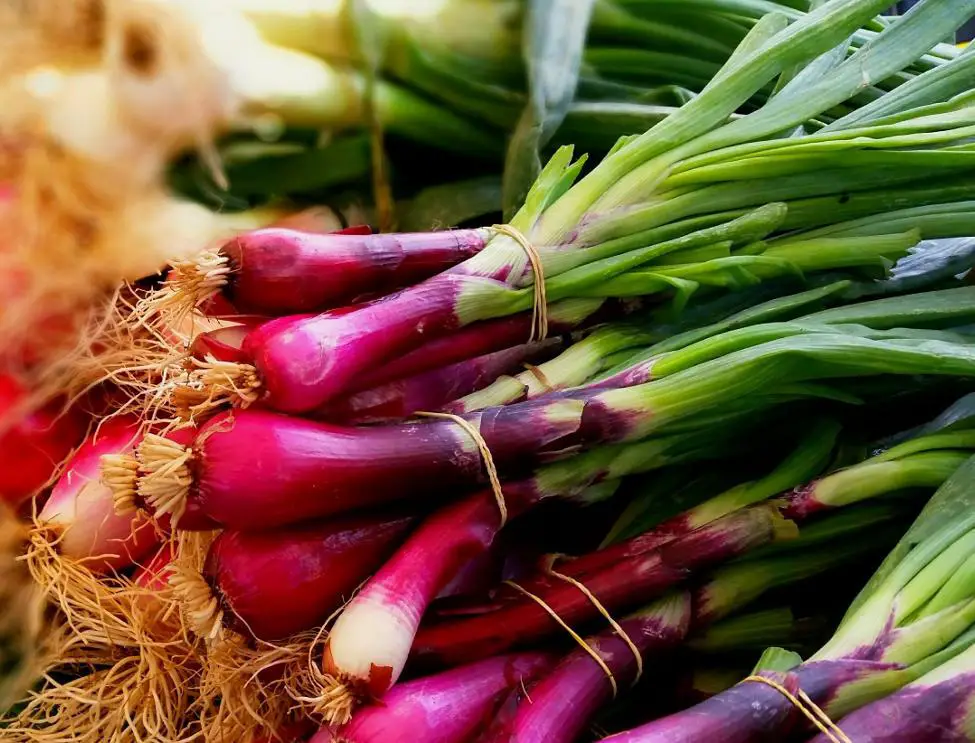Green onions (also known as scallions or spring onions) are from the allium family. They grow underground with a vertical shot emerging from the plant above ground. They are very easy to grow and are rich in vitamin C and beneficial minerals.
Their native region is likely in the Far East. From there, its origins spread to the west and to the east. It is said to have been growing in China for over 2000 years. It is also very popular in Europe. Above all, it is strongly represented in Asian regions as an integral part of many dishes. There are different varieties that differ in shape, spiciness and colour.
When it comes to regrowing, green onions are the perfect starter-vegetable. It is easy to grow and unlikely to fail. They also grow very fast and can be used for all kinds of recipes.
Steps to regrow green onion
Find a good spot for your green onion
Green onions benefit from an open, sunny place with good drainage.
Some people recommend not planting green onions in soil and just growing them in water. This process works, but the green onions lose a lot of their taste and flavour intensity. This is because the plant can’t get enough nutrients from the soil.
Prepare your green onion plant
Green onions are almost always sold in bunches, and each individual onion is an entire plant. The roots are at the bottom, followed by a white-coloured compressed stem and leaves. You can regrow them in water as easily as in soil.
Cut off the root end of your green onions so that you have a piece about 5 cm long. Be very careful with the roots. The healthier and more intact they are, the healthier they will grow.
Fill the bottom of a bowl or glass jar with fresh room-temperature water. Let the root pieces sit in the pot for three to five days. Change the water every couple of days. You could add pebbles at the bottom of the glass jar to help keep the roots in position.
Plant your green onion
After a few days in the water, you should notice the first signs of rooting. Now you can plant your green onions in soil. They grow well in containers. The roots should be well covered. A bright location is perfect at his stage. Soon, your green onions will sprout and grow their green stems.
You can plant your green onions near legumes such as peas and beans, to help protect them against fungal diseases.
Green onions have shallow roots, so weed regularly to avoid competition for nutrients and water and, avoid hoeing near the roots, hand weeding instead to avoid disturbing the roots.
Water only if the weather is particularly hot and dry. Mulching is useful and reduces the need for water.
Harvesting and use
Once the stems have regrown significantly, you can cut off as much as you need (with a clean and sharp knife) and leave the rest in the soil. You can also take the whole green onion out of the soil and eat the whole plant.
Green onions grow best during cool weather, so plant them outside during spring.
This vegetable is very versatile and is used in many dishes. You could snip off the young green leaves for use on top of soups, add flavour to sandwiches, and stir them into salads. Just make sure to add green onions to your recipes near the end of cooking. If you add them too early, they will lose their crunchiness and become floppy.
With your regrown green onions, you can now prepare lots of different dishes to enjoy with your loved ones. Nothing beats the flavour of home-grown food.
